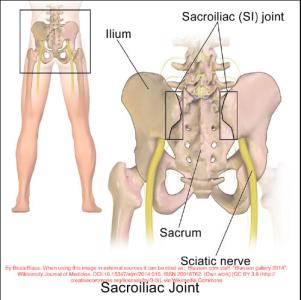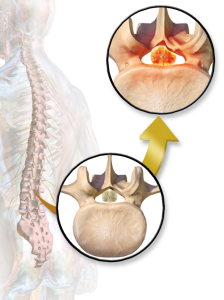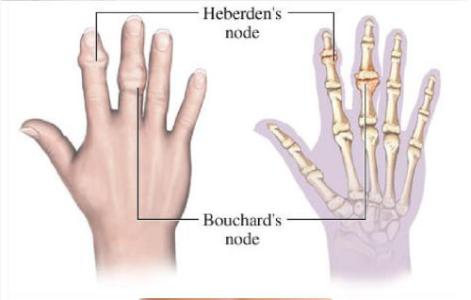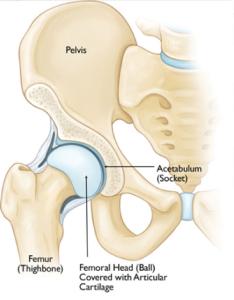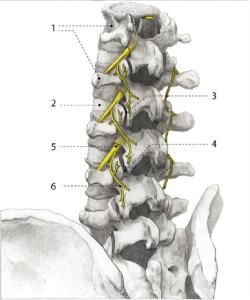 FACTS ABOUT SI JOINT
FACTS ABOUT SI JOINT
The sacroiliac joint is located in the pelvis, linking the iliac bone (pelvis) to the sacrum (lowest part of the spine above the tailbone). This joint transfers weight and forces between your upper body and legs. It is an essential component for shock absorption to prevent impact forces during walking from reaching the spine.
The sacroiliac joint is stabilized by a network of ligaments and muscles, which also limit motion. The normal sacroiliac joint has a small amount of normal motion of approximately 2-4 mm of movement in any direction. The sacroiliac ligaments in women are less stiff than in men, allowing the mobility necessary for childbirth.
Studies by Cohen show that up to 25% of all low back pain is sacroiliac joint in origin and that the diagnosis of sacroiliac joint disease is frequently overlooked by physicians. Other studies have shown that following lumbar spine surgery, some patients develop problems with their SI joint. Studies by Ha, et al., show that the incidence of SI joint degeneration in post-lumbar fusion surgery is 75% at 5 years post-surgery, based on imaging.
Causes
Like any other joint in the body, the sacroiliac (SI) joint can degenerate or its support ligaments can become loose or injured. When this happens, people can feel pain in their buttock and sometimes even well above their buttock and higher on the skeleton. This is especially true with lifting, running, walking or even sleeping on the involved side.
It is important to note that on occasion, patients who have not had symptomatic relief from lumbar spine surgery may actually have had other issues to begin with. This could include the SI joint, the hip, the spine separately or any combination of these three pain generators.
If you are experiencing the seemingly unbearable symptoms of SI joint dysfunction, it’s important to have an accurate diagnosis with thorough tests and evaluations. Often times, sacroiliac (SI) joint dysfunction is difficult to diagnose because the pain patterns are frequently mistaken for other conditions like, nerve irritation in the lower back, muscles sprains, or hip bursitis.
Many problems can lead to Degenerative Arthritis of the SI Joints. It is often hard to determine exactly what caused the wear and tear to the joints. One of the most common causes of problems at the SI joint is an injury. The injury can come from a direct fall on the buttocks, a motor vehicle accident, or even a blow to the side of your pelvis. The force from these injuries can strain the ligaments around the joint. Tearing of these ligaments can lead to too much motion in the joint. The excessive motion can eventually lead to wear and tear of the joint and pain from degenerative arthritis. Injuries can also cause direct injury of the articular cartilage lining the joint. This too, over time will lead to degenerative arthritis in the joint.
Women are at risk for developing SI joint problems due to childbirth. Female hormones are released during pregnancy that allow the connective tissues in the body to relax. The relaxation is necessary so that during delivery, the female pelvis can stretch enough to allow birth. This stretching results in changes to the SI joints, making them hypermobile (extra or overly mobile). Over a period of years these changes can eventually lead to wear-and-tear arthritis. During pregnancy, the SI joints can cause discomfort both from the effects of the hormones that loosen them and from the stress of carrying a growing baby in the pelvis. The more pregnancies a woman has, the higher her chances of developing SI joint problems.
Symptoms
Pain from Sacroiliac joint disorders can be felt anywhere in the Lower Back, Buttocks, or in the Legs. Chronic SI joint pain can make it difficult to perform common daily tasks, and affect every aspect of a patient's life.
Chief Complaints:
- Lower back pain (below L5)
- Pain, numbness, tingling, weakness in the Lower Extremity
- Pelvis / buttock pain
- Hip / groin pain
- Feeling of leg instability (buckling, giving way)
- Disturbed sleep patterns
- Disturbed sitting patterns (unable to sit for long periods, sitting on one side)
- Pain going from sitting to standing
Symptoms of SI joint syndrome are often difficult to distinguish from other types of low back pain. In most cases, there is a confusing pattern of back and pelvic pain that mimic each other, making diagnosis of SI joint syndrome sometimes challenging.
Diagnosis
Proper diagnosis starts with an experienced pain management doctor. It is important to make the right diagnosis, and to rule out other conditions that can present in a similar way.
It usually begins with a complete history and physical exam. Your doctor will consider all the information you provide, including any history of injury, location of your pain, and problems standing or sleeping. A variety of diagnostic tests may help determine whether the SI joint is a source of your symptoms.
SI Joint Exam
- Physical Examination
- Diagnosis to rule out other sources of pain
- Diagnostic imaging (X-ray, CT, MRI)
- Provocative Tests to manipulate your joints or feel for tenderness over your SI joint.
- Diagnostic / Therapeutic injections of the SI joint
All of these information help establish a diagnosis.
Treatment Options
Treatment Goals:
- Manage your pain and control your symptoms
- Learn more about postures, optimal movements and alignment of the SI joints
- Resume normal activity and functional status as early as possible in the disease
Options:
- Sacroiliac Joint Injection
- Sacroiliac Joint Denervation
- Targeted Physical Therapy



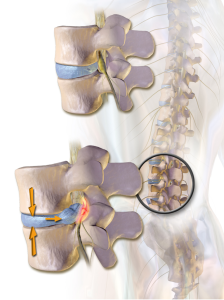
![By James Heilman, MD (Own work) [CC BY-SA 3.0 (http://creativecommons.org/licenses/by-sa/3.0) or GFDL (http://www.gnu.org/copyleft/fdl.html)], via Wikimedia Commons](/assets/components/phpthumbof/cache/vcfrac3.25c355a85cb0101f004729be8d39bec3183.jpg)
